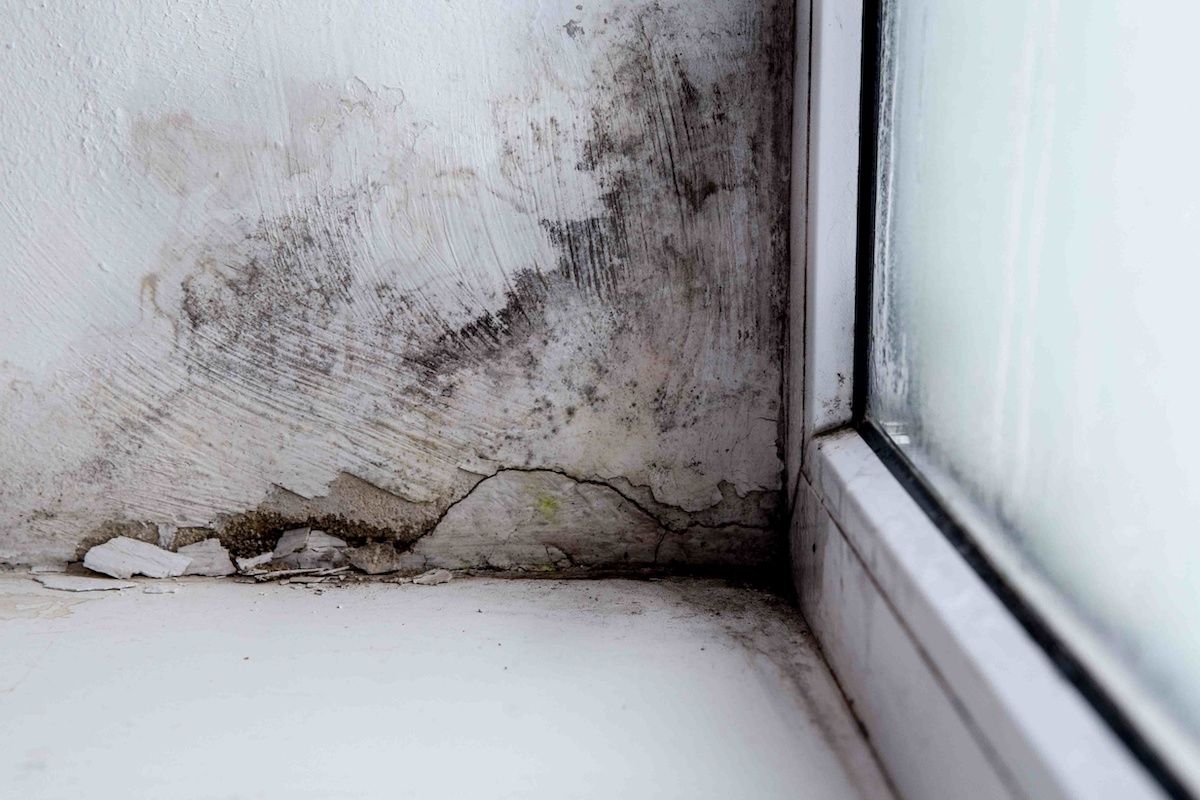Efficient Post Mold Remediation Cleaning Protocols
Expert Tips for Article Mold Remediation Success
In the world of mold and mildew removal, successfully removing mold is only half the battle; the true challenge exists in stopping its reappearance. By adhering to professional suggestions and best methods, individuals can protect their spaces against mold resurgence and maintain a healthy and balanced interior atmosphere.
Screen Moisture Degrees Frequently
After completing mold and mildew remediation treatments, maintaining ideal moisture levels is critical to avoid mold and mildew re-growth and ensure a healthy interior environment. High humidity levels over 60% create a favorable setting for mold and mildew to flourish, making routine monitoring a positive procedure to avoid any kind of future mold concerns.
Utilizing hygrometers or wetness meters can aid in properly measuring moisture degrees in different locations of the property. These tools offer real-time information that enables remediation experts to make enlightened choices concerning ventilation, dehumidification, and other essential activities to keep ideal humidity degrees post-remediation. Furthermore, developing a routine timetable for moisture checks, specifically in risky locations such as washrooms, cellars, and kitchen areas, is a proactive approach to mold and mildew avoidance. By constantly keeping track of humidity degrees, residential or commercial property owners can effectively mitigate the threat of mold and mildew reoccurrence and maintain a healthy and balanced interior atmosphere post-remediation.
Conduct Thorough Inspections Post-Remediation
Adhering to the conclusion of mold and mildew removal treatments, it is critical to carry out thorough inspections to confirm the performance of the remediation process. These post-remediation inspections are critical in guaranteeing that the mold and mildew issue has actually been efficiently dealt with and that there is no reoccurrence or remaining mold development. Inspections need to be accomplished by qualified experts who have know-how in identifying mold and evaluating indoor air top quality.
Throughout these assessments, numerous techniques such as aesthetic assessments, air sampling, and surface area sampling may be employed to extensively evaluate the remediated areas. Visual evaluations entail a comprehensive inspection of the properties to inspect for any visible signs of mold and mildew development or water damages. Air tasting assists in determining the airborne mold and mildew spore degrees, while surface area tasting can spot mold particles on surfaces.
Implement Proper Ventilation Methods
After guaranteeing the performance of the mold removal process via thorough assessments, the following crucial action is to concentrate on applying proper air flow approaches. Appropriate ventilation is crucial in stopping mold reoccurrence by regulating moisture levels and advertising air blood circulation.
Correct ventilation not just help in stopping mold and mildew growth however also adds to the overall health and wellness and convenience of residents. By making certain adequate ventilation throughout the building, you can decrease the danger of mold and mildew regrowth and create a much healthier living setting. Normal maintenance of ventilation systems, including cleansing and filter substitutes, is essential to sustaining efficient air flow. Consulting with heating and cooling experts can provide further insights into enhancing air flow approaches for your specific home demands.

Use Mold-Resistant Materials for Services
To boost the long-lasting effectiveness of mold removal efforts, incorporating mold-resistant products for fixings is critical in minimizing the danger of future mold growth. Mold-resistant products are developed to hold up against dampness and prevent mold remove mold from suede boots and mildew development, making them a necessary option for locations vulnerable to dampness and humidity. When fixing areas impacted by mold and mildew, utilizing materials such as mold-resistant drywall, mold-resistant paints, and mold-resistant caulking can aid avoid mold and mildew recurrence.
Mold-resistant drywall is an excellent alternative to typical drywall in areas like washrooms and basements where dampness degrees are greater. This kind of drywall has an unique layer that stands up to mold and mildew growth also when revealed to damp conditions. Additionally, using mold-resistant paints including antimicrobial representatives can even more prevent mold and mildew development on ceilings and walls.
In locations where dampness prevails, such as bathrooms and kitchen areas, using mold-resistant caulking around tubs, windows, and sinks can aid secure out water and protect against mold and mildew from taking hold you can try this out in cracks and crevices. By purchasing these mold-resistant products throughout fixings post-remediation, you can significantly reduce the likelihood of future mold problems and preserve a much healthier indoor atmosphere.
Maintain Cleanliness and Address Water Issues
After mold and mildew remediation, it is crucial to preserve a tidy setting to stop the regrowth of mold and mildew. Leaks, water intrusion, or high moisture levels can create the best reproduction ground for mold, so it is imperative to take care of any kind of water-related troubles instantly.
To keep sanitation, think about using HEPA filters in vacuums and air purifiers to catch mold and mildew spores and prevent their flow airborne. Guaranteeing appropriate ventilation in locations prone to moisture buildup, such as kitchen areas and shower rooms, can assist keep moisture levels in check. By staying alert about cleanliness and dealing with water problems quickly, you can effectively stop mold and mildew reinfestation and keep a healthy indoor environment.
Verdict

In the world of mold remediation, efficiently removing mold and mildew is just half the battle; the real challenge exists in stopping its reappearance. After finishing mold and mildew removal procedures, preserving ideal moisture degrees is critical to avoid mold re-growth and make sure a healthy indoor atmosphere. High humidity visit this web-site levels over 60% create a conducive environment for mold to prosper, making regular keeping track of a positive step to stop any future mold issues.
To enhance the long-lasting performance of mold and mildew removal efforts, integrating mold-resistant products for fixings is vital in minimizing the threat of future mold development. After mold removal, it is critical to maintain a clean setting to stop the regrowth of mold and mildew.